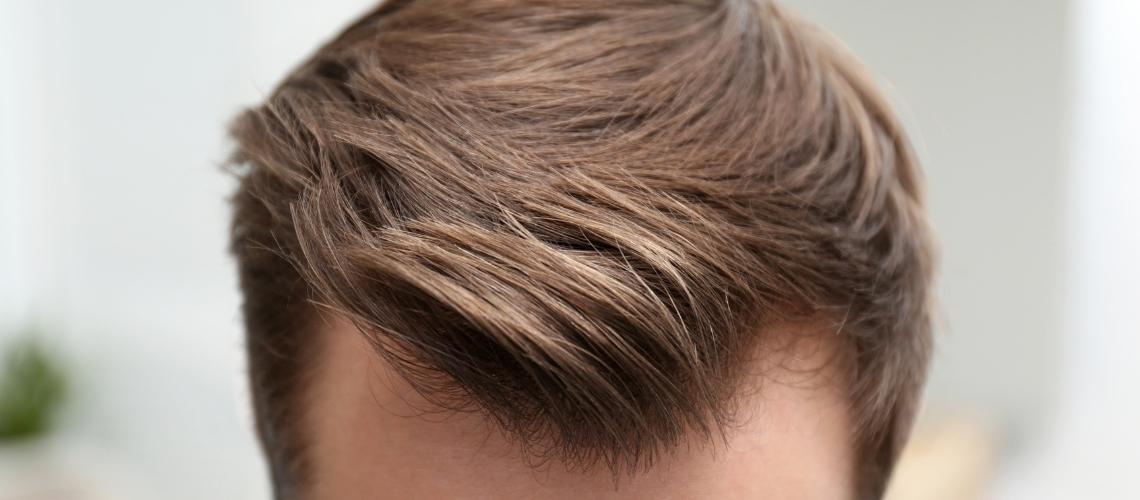
- Hair Transplant
-
by Mehmet Hanifi Kurtlar
A second hair transplant is a significant decision, often pursued to enhance hair density after an initial procedure. While not mandatory for everyone, specific individuals may find this step necessary due to continued hair loss. It’s crucial to wait at least six months after the first surgery to evaluate the outcomes fully. Before proceeding, an in-depth consultation is essential to assess suitability and to strategize the most effective approach. Understanding the intricacies and prerequisites of a secondary hair transplant ensures a well-informed choice, contributing to the overall success of this meticulous process.
Factors Influencing the Need for Multiple Hair Transplant Procedures
Multiple factors can necessitate additional hair transplant procedures, each playing a pivotal role in the overall hair restoration journey. Understanding these factors is crucial for individuals considering or undergoing hair transplant treatments.
Age-Related Hair Loss
As individuals age, their hair loss patterns can change. Successful transplants may need supplementation initially due to new balding areas developing over time. This is especially true for those who undergo early hair transplants and later experience age-related thinning or balding in different areas.
Accidental Scarring
Accidents or burns can lead to scarring, which may obstruct hair growth. In such instances, a secondary hair transplant becomes a viable solution to cover these scars effectively, restoring the hair’s natural appearance.
Stress and Lifestyle Factors
The impact of stress, trauma, and lifestyle choices, like smoking and drinking, can significantly influence hair health. Even after a successful hair transplant, these factors can compromise hair growth, requiring additional procedures.
Donor Area Concerns
Post-surgery complications in the donor area, such as over-extraction of hair follicles, can result in thinning. This situation might require another transplant to correct the thinning in the donor area, ensuring a balanced and natural look.
Additionally, a hair transplant surgeon might recommend a multi-stage approach from the outset in cases of severe hair loss. This strategy is particularly relevant for individuals with extensive baldness, where a single procedure may not suffice for a complete restoration.
Incorporating these considerations into the decision-making process for hair transplants ensures a more informed and successful outcome. Understanding multiple procedures’ nuances and potential needs helps set realistic expectations and achieve desired hair restoration results.
Analysis of Repeat Hair Transplantation
Repeat hair transplantation is a pivotal topic for those contemplating further enhancement after their initial procedure. The primary objective of undergoing a second hair transplant often centers on achieving greater hair density. This need arises when the initial surgery, despite being successful, does not yield the desired thickness or volume of hair.
- Increased Density: A second hair transplant explicitly targets areas where hair appears sparser, aiming to provide a fuller, more natural-looking head of hair.
- Refinement of Hairline: It also offers the opportunity to refine the hairline or fill in any patches that might not have been adequately covered in the first procedure.
Success Factors
The success of a second hair transplant hinges on several factors. Firstly, the availability of donor hair plays a crucial role. Patients with a healthy supply of donor hair stand a better chance of achieving a successful outcome.
- Donor Hair Availability: The quantity and quality of donor hair reserves are critical for a successful second transplant.
- Advanced Techniques: Advanced surgical techniques can enhance the outcome, ensuring a more natural and denser appearance.
Moreover, the skill and experience of the surgeon cannot be overstated. An expert in the field is likelier to deliver a result that meets and exceeds patient expectations.
- Expertise of Surgeon: The experience and skill set of the surgeon are paramount in achieving optimal results in repeat transplantation.
In addition, patient health and scalp condition are significant considerations. A healthy scalp contributes to better graft survival and the overall success of the procedure.
- Patient Health and Scalp Condition: Optimal patient health and a conducive scalp environment are essential for graft survival and successful integration.
Lastly, setting realistic expectations is crucial. While a second hair transplant can significantly improve hair density and appearance, it is vital to have a clear understanding of the achievable results.
- Realistic Expectations: Understanding a second hair transplant’s limitations and realistic outcomes is essential for patient satisfaction.
In conclusion, a second hair transplant can be a worthwhile endeavor for the right candidate. It offers the chance to increase hair density and refine and perfect the results of the initial surgery. With careful consideration of factors such as donor hair availability, surgical expertise, patient health, and realistic expectations, repeat hair transplantation can be an advantageous procedure.
Feasibility and Outcomes of Third Hair Transplant Surgery
The feasibility of undergoing a third hair transplant surgery often hinges on the success and outcomes of the previous procedures. This scenario is relatively rare, as advanced follicular unit extraction (FUE) techniques typically yield substantial results on the first or second attempts. However, certain circumstances might necessitate a third procedure.
Key factors influencing the decision for a third hair transplant include:
- Assessment of Scalp Condition: The scalp’s ability to heal and support new grafts is critical. Overharvesting in previous surgeries may limit this potential.
- Donor Site Availability: A crucial consideration is the availability of viable hair in the donor area. Repeated transplants can deplete this resource, posing a challenge for further procedures.
- Desired Density and Coverage: Patients often seek a third transplant to achieve greater density or to cover areas not sufficiently addressed in earlier surgeries.
- Technological Advances: Innovations in hair transplant techniques may offer improved outcomes, making a third procedure a viable option for enhancing previous results.
Donor Hair Exhaustion
Donor hair exhaustion is a critical concern in hair transplant procedures. This phenomenon occurs when the donor area, typically the back of the scalp, is over-harvested or experiences subsequent thinning. Such a situation can severely limit the options for future hair restoration treatments. Here are some key aspects to consider:
- Over-harvesting Risks: Surgeons must carefully evaluate the density and viability of donor hair. Excessive extraction can lead to depletion, making further transplants challenging.
- Thinning of Donor Area: Post-transplant, the donor area might continue to lose hair, reducing its efficacy for future procedures.
- Importance of Sustainable Harvesting: Surgeons must adopt a sustainable approach, ensuring enough hair remains for potential future needs.
- Impact on Aesthetics: Depletion of donor hair can lead to uneven hair density, affecting the overall aesthetic result of the transplant.
- Alternative Donor Sources: In cases of donor hair exhaustion, alternative sources like body hair may be considered, though these come with limitations and considerations.
Overall, careful planning and a conservative approach in the initial hair transplant are vital to prevent donor hair exhaustion. This ensures the longevity of the transplant results and maintains options for future hair restoration needs.

